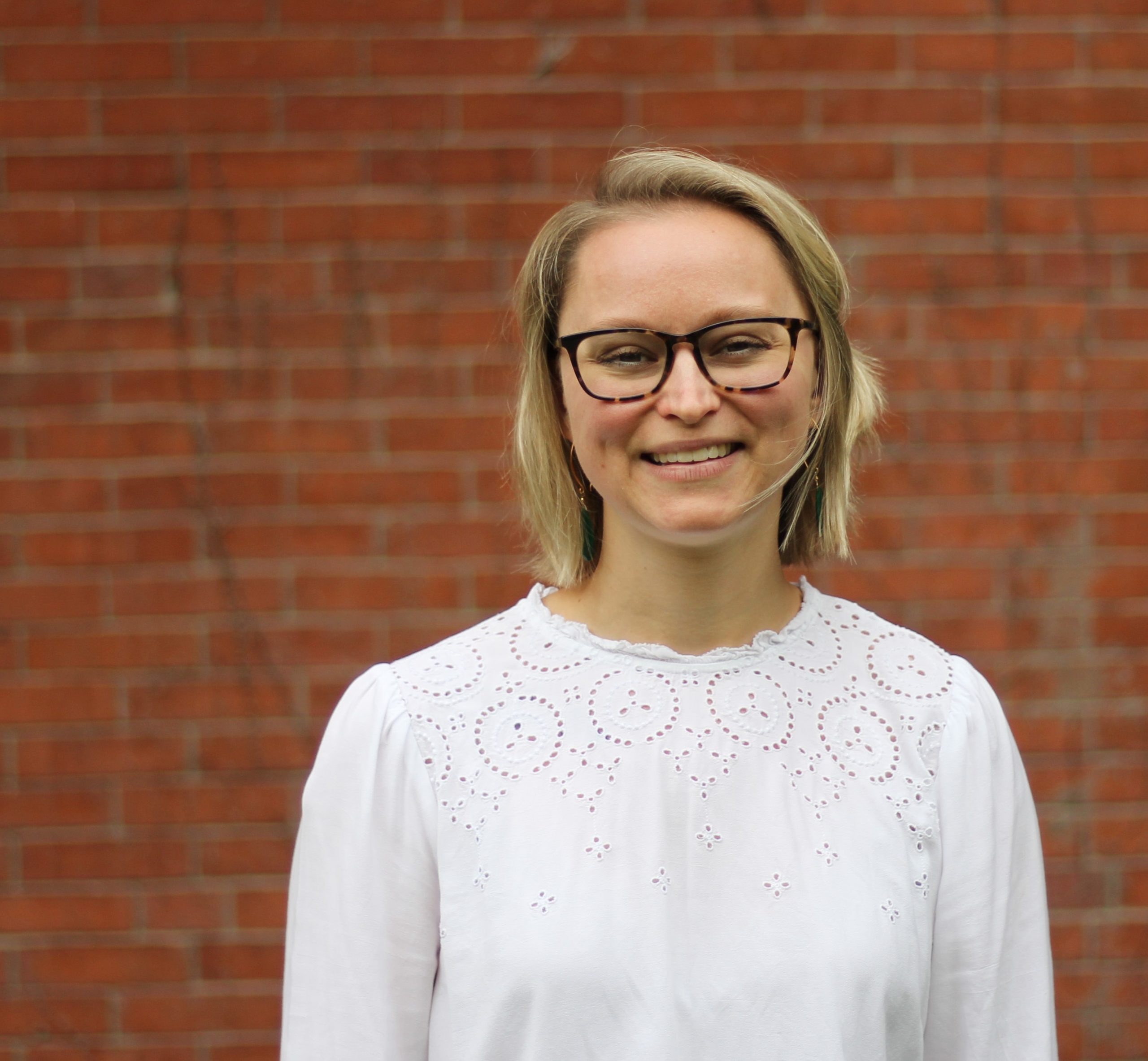Elsa Pearson, MPH, is a senior policy analyst at Boston University School of Public Health. She tweets at @epearsonbusph.
Two weeks ago, the Supreme Court ruled against New York’s most recent COVID-19-related restrictions on houses of worship, a win for religious freedom. But was it also a loss for public health?
The tensions between religious freedom and public health were high at the beginning of the COVID-19 pandemic and are on the rise yet again as we enter the holiday season.
COVID-19 made church as we know it difficult, if not impossible. As Massachusetts prepared to lift the COVID-19 lockdown in May, over 250 pastors urged the governor to include churches in the first phase of reopening. Some clergy argued that religious organizations are essential businesses and should be opened quickly. (The governor did honor this and included churches in phase one.)
“Churches are absolutely essential,” said Clay Myatt, a pastor in Brockton, Massachusetts. “We offer community, justice, and, perhaps above all, hope during crisis.”
Plus, we have a constitutional right to religious expression. (To this end, some churches have deliberately defied gathering restrictions.) Stay-at-home orders – though justified as states sought to protect their residents’ health – seemed at odds with the freedom to worship.
Religious freedom and public health don’t have to be in conflict, but they may require a bit of give and take.
Religious participation has many benefits. It’s been associated with both improved mental health (such as increased self-esteem and hope) and improved physical health (such as lower blood pressure, cigarette use, and mortality). Many churches also provide food and financial assistance, even health screenings and disaster relief.
Unfortunately, there is risk associated with in-person activities like religious services. Large indoor gatherings are perfect for spreading COVID-19 and there are many examples of outbreaks in churches that ignored the warnings. But the risk of infection is not insurmountable.
In the short term, these physical and psychological benefits can be – and have been – provided through virtual gatherings and contactless delivery methods (similar to how the health care system is responding through telehealth). The pandemic forced churches to create community and meet needs in novel ways; nationwide, they implemented outdoor services, capacity limits, social distancing, and mask use. Accepting these justified restrictions gave parishioners the opportunity to exercise their constitutional rights safely.
If religious leaders care for their congregants’ spiritual and emotional health, it’s fair to say they care for their physical health, too. R. Steven Warner, another Brockton pastor, agreed, arguing that caring for our physical health is biblical, or required. Taking extra precautions during the pandemic is just another way to do that.
In the long term, however, virtual church is not sustainable. Separation from our spiritual homes takes a significant toll, not mention the constitutional concerns. As we approach the holiday season full of religious celebrations, how do we balance both religious freedom and the public’s health?
In a word, cooperation. In another, compromise.
Religious leaders must prioritize the health of their congregations with stringent cleaning and safety protocols. Full compliance with COVID-19 guidelines will respect the value of religious expression while still protecting the congregation’s health.
At the same time, public health and government leaders must prioritize the spiritual health of their communities by keeping churches open when possible. Initial stay-at-home orders were justified and necessary but many would have viewed any further delay to reopening churches as a violation of constitutional rights. Future shutdowns will likely be viewed the same way. Local leaders would be remiss to ignore this; there is a clear need for spiritual connection during these difficult times.
Thankfully, it doesn’t have to be a dichotomy; we don’t have to choose between religious freedom and public health. In principle, the two are not at odds, said Myatt. “It’s true that certain religious freedoms have recently been curtailed for the sake of health and safety. But other freedoms have been, too.”
Finding the right balance, though, will require respect for both our physical and spiritual needs. That balance is dynamic, too. At the beginning of the pandemic, public health trumped religious freedom with little objection. Over the summer, the two lived in relative harmony after state and local leaders acknowledged the need for in-person religious expression. Now, as cases keep rising, the pendulum may swing back in favor of public health.
Should that happen, frustrations about the infringement on constitutional rights will also rise. The battle for separation of church and state will have sudden fuel, and “be sure that religious freedom will win in court, while the country loses in health and safety,” said Warner.
That warning means we must do this right; we must honor both health and spirituality. If we do, it’ll get us back to the church we know to sooner rather than later. And safely.
COVID-19 isn’t the first threat to harmony between religious freedom and public health and it won’t be the last. The observed discord is rooted in fear. It’s appropriate to fear threats to our constitutional rights and to our health. But protecting one does not require sacrificing the other.


